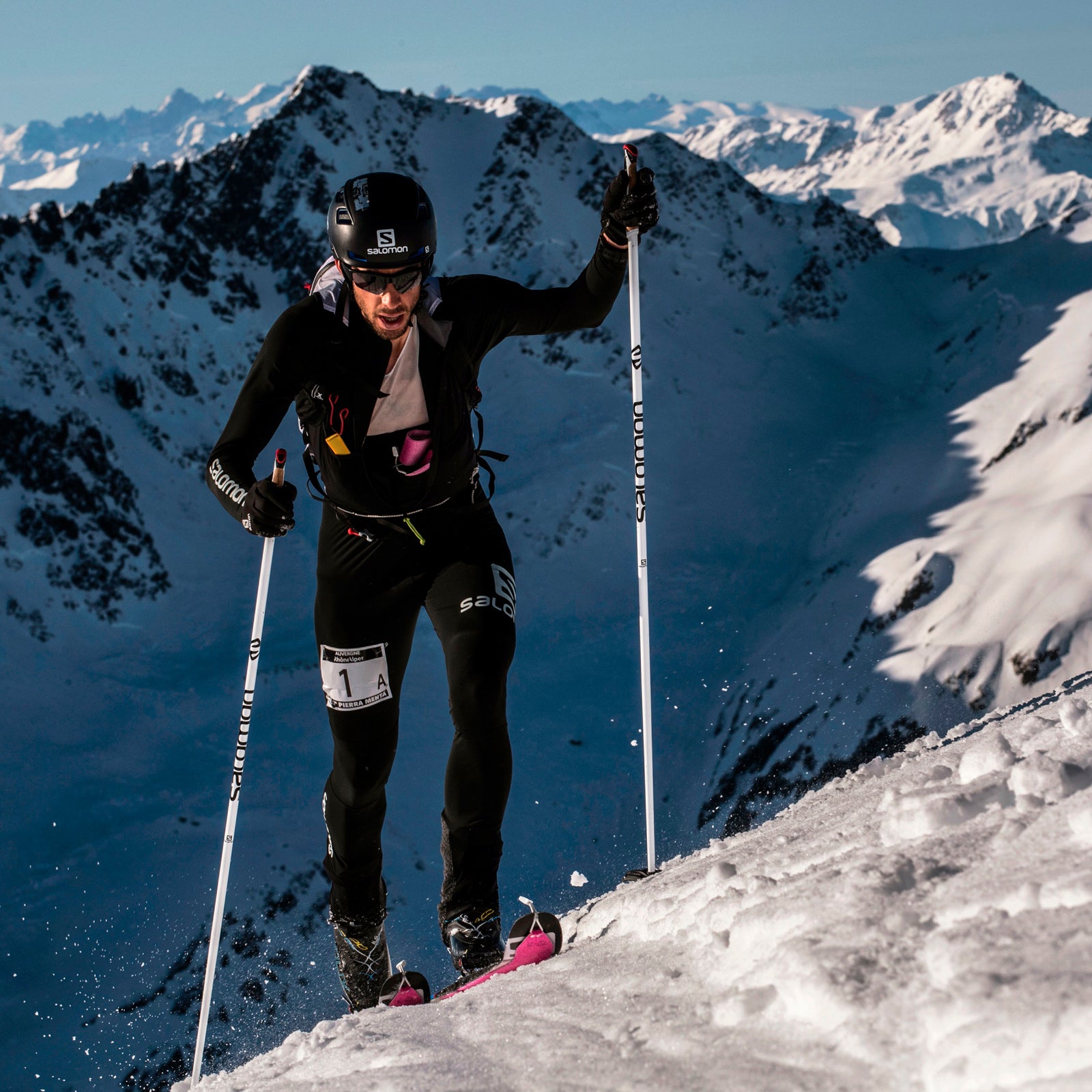Kilian Jornet’s double ascent of Mount Everest in 2017 was (as ���ϳԹ��� contributing editor Nick Heil recounted) a truly bizarre saga. The surprising paucity of video, photo, and GPS evidence generated some doubts about the details of his trip that have never fully dissipated. On the other hand, most observers are willing to take Jornet’s word for what happened, if only because he has such a long and well-documented history of doing things that seemed completely impossible until he did them.
But forget about the controversy for a moment—because even if you think he didn’t quite make it to the actual summit one or both times, his trip was still ridiculous. He climbed past 8,000 meters four times in just 20 days. The first of those climbs, to the summit plateau of Cho Oyu at roughly 8,200 meters, took place just 10 days after he arrived in the Himalayas. For a guy who lives on the western coast of Norway—at sea level, in other words—that’s a heck of a rapid acclimatization. So how did he do it?
A in the International Journal of Sports Physiology and Performance, co-authored by University of Lausanne physiologist Grégoire Millet and Jornet himself, lays out the details of his acclimatization strategy. Following it doesn’t guarantee you a trip to the top of Everest (let alone two trips), but there are some interesting insights.
The first stage of Jornet’s preparation involved using simulated altitude at his home in Norway. Two months before his departure for the Himalayas, he started sleeping in an altitude tent two or three times a week to get used to it. One month before his departure is when the serious preparation began. He started sleeping in the tent every night, at equivalent altitudes between about 13,000 and 16,500 feet. Overall during that period, he spent 46 nights sleeping in the tent.
One month before departure he also started running most days on a treadmill using an altitude mask to simulate altitudes starting at around 13,000 feet and progressing to around 20,000 feet. (The actually delivers air with lower-than-normal oxygen content, using the same generator as an altitude tent. It’s not one of those masks that simply restricts airflow to make it harder to breathe.) The runs were initially hourlong easy sessions, but he later added some higher intensity training. A typical example of a high-intensity session done at just under 20,000 feet:
- 10-minute warm-up at 9:40/mile
- 4 sets of (5:00 at 6:26/mile; 5:00 at 9:40/mile; 5:00 at 9:40/mile at 15 percent incline)
- 5-minute cooldown
Jornet’s subjective estimate of how hard he ran was 65 to 70 percent of max for the easy runs, and up to 85 percent for the intense workouts. Millet cites some evidence suggesting you get better adaptations to altitude by exercising in thin air rather than just sleeping there—that’s why, instead of the usual “live high, train low” approach, they opted for this “live high, train low and high,” or LHTLH, protocol. We’ll see whether the acronym catches on.
Jornet also used a simple device called a that measures the oxygen saturation of your blood. Under normal circumstances at sea level, most people have saturation levels of between 95 and 100 percent, meaning that virtually all of the hemoglobin in the blood heading to your muscles is carrying oxygen. At altitude, particularly if you’re exercising, that number starts to drop. During Jornet’s easy runs with the altitude mask, he saturation often dropped as low as 80 percent, then returned to 98 percent within an hour after the workout. During the hard workouts, it initially dropped as low as 70 percent, but as the month progressed it eventually was only dropping to 85 percent—a good sign that his body was adapting to thin air.
As meticulous as this altitude tent/mask protocol was, it couldn’t fully prepare Jornet for Everest. That’s because altitude tents provide air at normal pressure but with less oxygen than usual. On actual mountains, the air has lower pressure as well as less oxygen. Whether the body responds differently to “real” altitude compared to simulated altitude has been a topic of among physiologists, but Millet and others are convinced that there are important differences.
As a result, a week before heading to the Himalayas, Jornet flew to the Alps where he racked up 100 hours of “real” altitude exposure both while asleep and while awake ski mountaineering. On April 24, he flew to the Himalayas; by April 27, he was at Cho Oyu base camp at 16,700 feet, continuing his acclimatization. Five days later, he climbed to 24,600 feet; four days after that to nearly 27,000 feet. A few weeks later, carrying only a 13- to 15-pound pack with two liters of water and five to ten energy gels, he summited Everest. Probably.
There is, of course, a massive logical flaw in looking at the details of what Kilian Jornet and other super-athletes do and concluding I should do that too. Heck, Shaquille O’Neal thought his plastic PowerBalance bracelet was giving him magic powers. (Seriously, anytime you’re about to swallow an athlete testimonial, re-watch just to refresh your skepticism.)
But it would be equally foolish not to be curious about what the best are doing, and what advice they’re getting from their scientific team. In this case, I think the idea of training high as well as low is intriguing, as is the use of a finger pulse oximeter to monitor acclimation. And they clearly believe that an altitude tent is useful, but not sufficient to fully prepare you for a high-altitude trip. Which, in a way, is good—because in the end, who really wants to find that you can get away with spending even more time in a sterile altitude pod and less time in the mountains?
My new book, , with a foreword by Malcolm Gladwell, is now available. For more, join me on and , and sign up for the Sweat Science .


